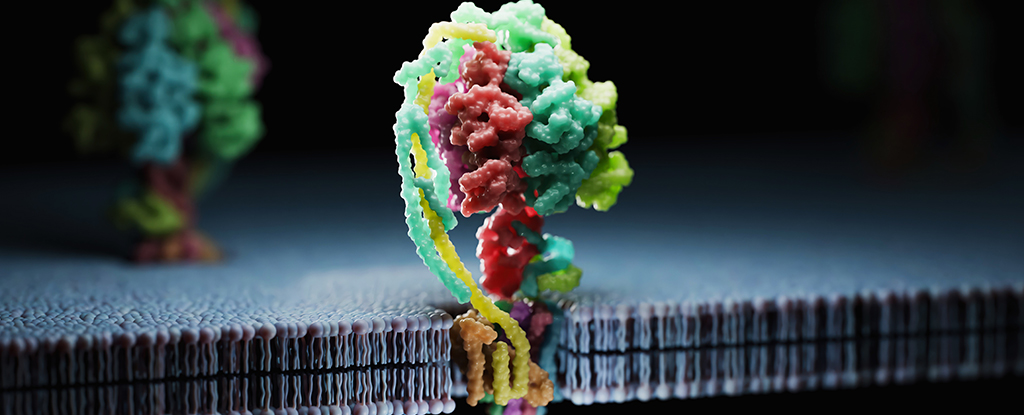Radiologists are increasingly relying on AI-based computer vision models to assist with the time-consuming task of interpreting medical scans. However, these AI models require vast amounts of accurately labeled data to function effectively, meaning radiologists must still invest significant time annotating medical images. To address this challenge, an international team led by Johns Hopkins Bloomberg Distinguished Professor Alan Yuille has developed AbdomenAtlas, the largest abdominal CT dataset to date. With over 45,000 3D CT scans and 142 annotated anatomical structures from 145 hospitals worldwide, AbdomenAtlas is more than 36 times larger than its nearest competitor, TotalSegmentator V2. This remarkable dataset and its findings were published in Medical Image Analysis.
Historically, abdominal organ datasets were created through the labor-intensive process of having radiologists manually label each individual organ in CT scans. This process required thousands of hours of expert labor. “Annotating 45,000 CT scans with 6 million anatomical shapes would require an expert radiologist to have started working around 420 BCE—the era of Hippocrates—to complete the task by 2025,” explains lead author Zongwei Zhou, an assistant research scientist at Johns Hopkins University.
Continue reading… “AbdomenAtlas: A Game-Changing Dataset for AI in Medical Imaging”












